In the world of Apple product repairers, there has been nothing but a "case" involving the latest iPhone 13 (Pro) for quite some time now. We have already written about it several times in our magazine and provided you with the latest information. If you didn't notice the original articles, then for a short recap: a few days after the presentation of the new iPhone 13 (Pro), it became clear that if the display is replaced, even the original piece for piece between the new phones, the Face ID biometric protection will stop working completely. Using a newer iPhone without this feature is rather annoying, which is why a wave of criticism has started to hit Apple.
Here's how Face ID doesn't work:
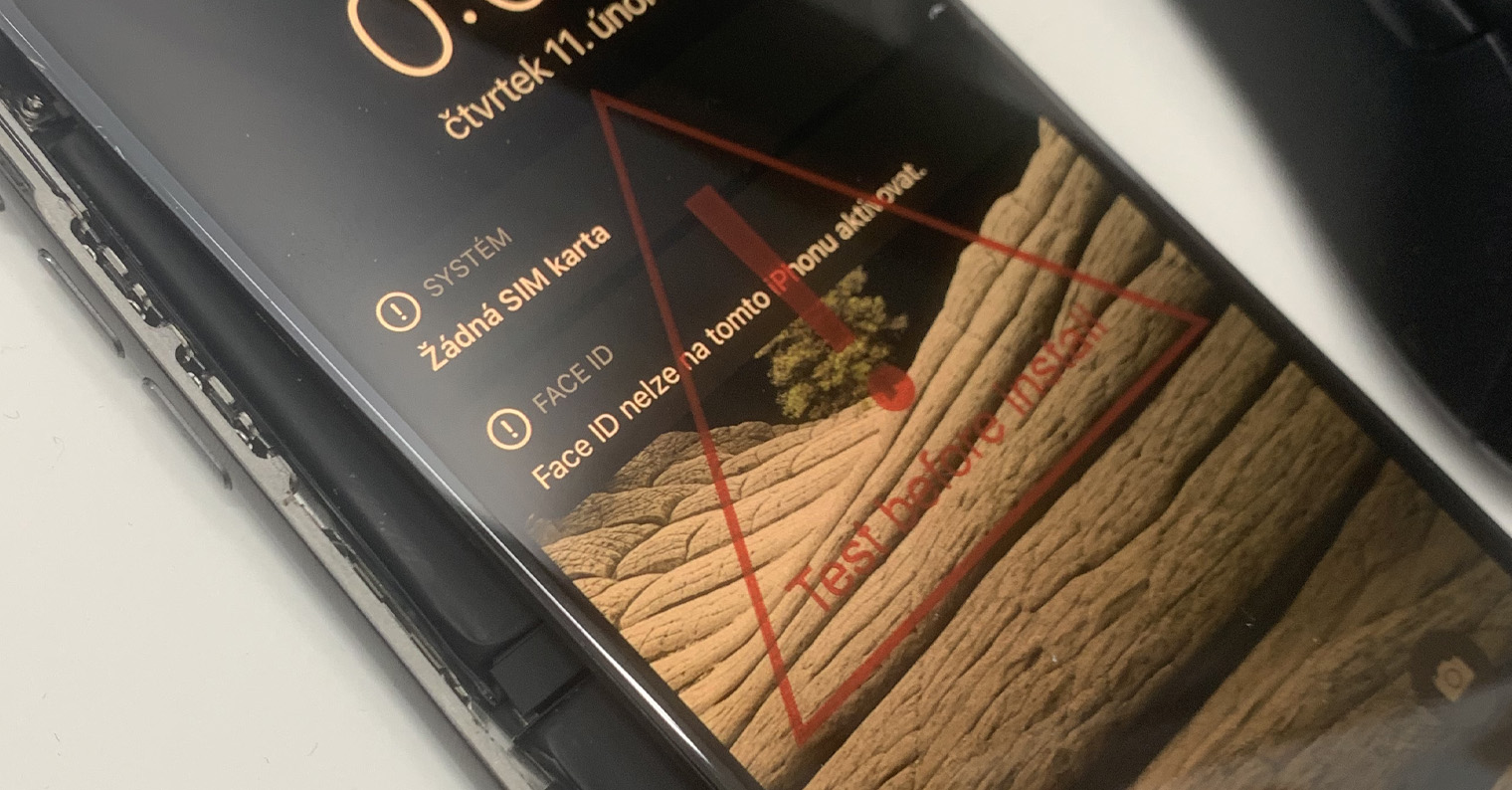
Apple did not respond to the situation for the first few days, and the repairmen, together with other people, formed two groups. In the first group, which was more numerous, there were users who believed that this was the end of repairing Apple phones in unauthorized services. The second group, which was numerically smaller, was somehow sure that it was a bug that Apple would soon fix - a similar situation occurred shortly after the introduction of the iPhone 12 (Pro), where it was not possible to replace the rear camera module and maintain XNUMX% functionality. Days passed and subsequently the Californian giant himself commented on the whole situation, confirming that it was an error that would be corrected in future update iOS.
It could be interest you

So most of the repairmen suddenly started cheering, because for them this is absolutely great news. If Apple did not allow the repair of displays in unauthorized services while maintaining a functional Face ID, then most repairmen could close shop. Although there was a way to preserve the functionality of Face ID after replacing the display, the repairman in question had to know microsoldering and be able to replace the control chip of the display - and very few people have this knowledge. However, given that Apple didn't specify the exact name of the update in which we should wait to fix this "bug", we had to hope that it would happen soon. Many expected Apple to take its time, perhaps a few weeks or months.
However, the Californian giant has not stopped surprising us lately. The correction of the above-described "bugs" came as part of the second developer beta version of iOS 15.2, which was released a few days ago. Therefore, if you currently update your iPhone 13 (Pro) to this (or a later) version of iOS, it will be possible to replace the display of the latest Apple phone while maintaining a functional Face ID. It should be mentioned that if you have already done the iPhone 13 (Pro) display in the past, you just need to update to get a working Face ID again - no further steps are required. If you don't want to install the iOS 15.2 developer beta, you'll have to wait a few more weeks until Apple releases iOS 15.2 to the public.
So this whole "case" has a happy ending, which is extremely positive. As I mentioned above, it seemed for a while that the repairmen would soon have nothing to eat. However, I personally think that it was not a bug that Apple deliberately fixed, but some kind of secret plan that the apple company did not succeed. If Apple did not fix the "error", then all owners of the latest iPhone 13 (Pro) would have to have their displays repaired at authorized service centers, which of course the apple company wants. Personally, I think that this "doom" has only been delayed, and that Apple will try to do something similar again in the years to come. In the end, I will just mention that after replacing the display, of course, the notification that the display has been replaced will still be displayed. It's been working this way since the iPhone 11.
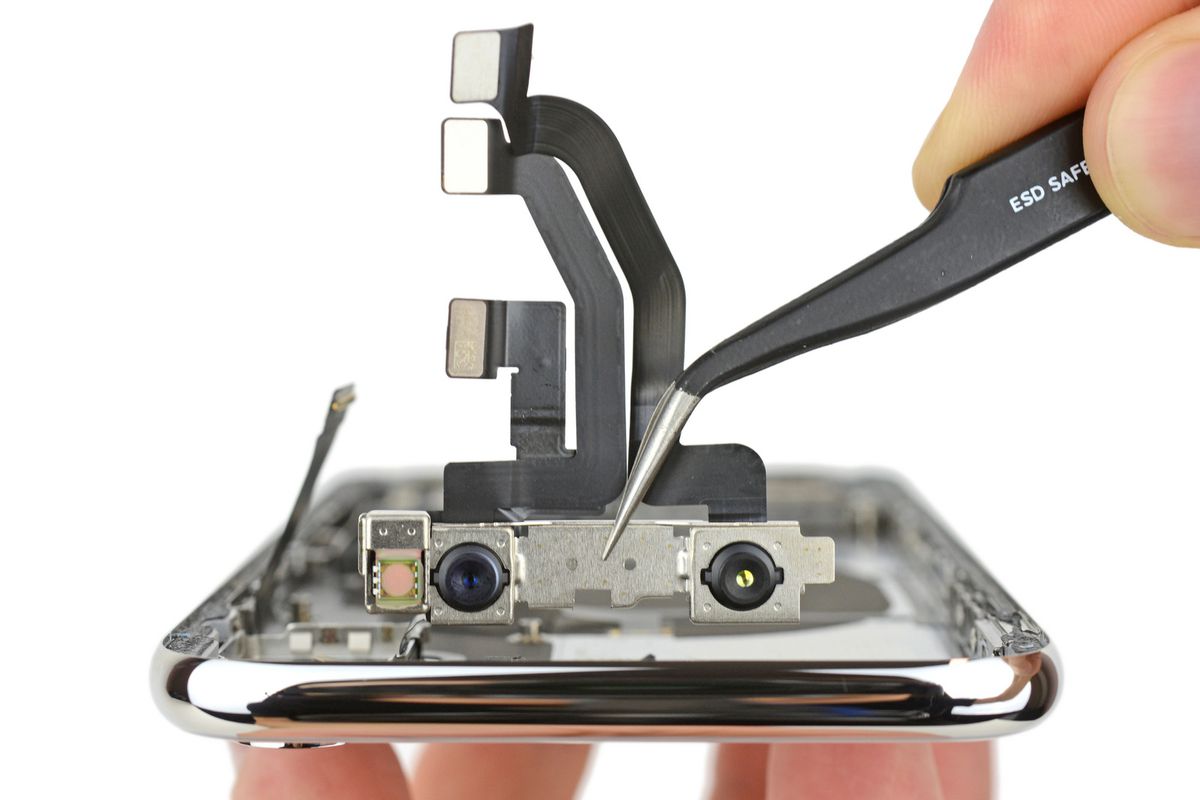
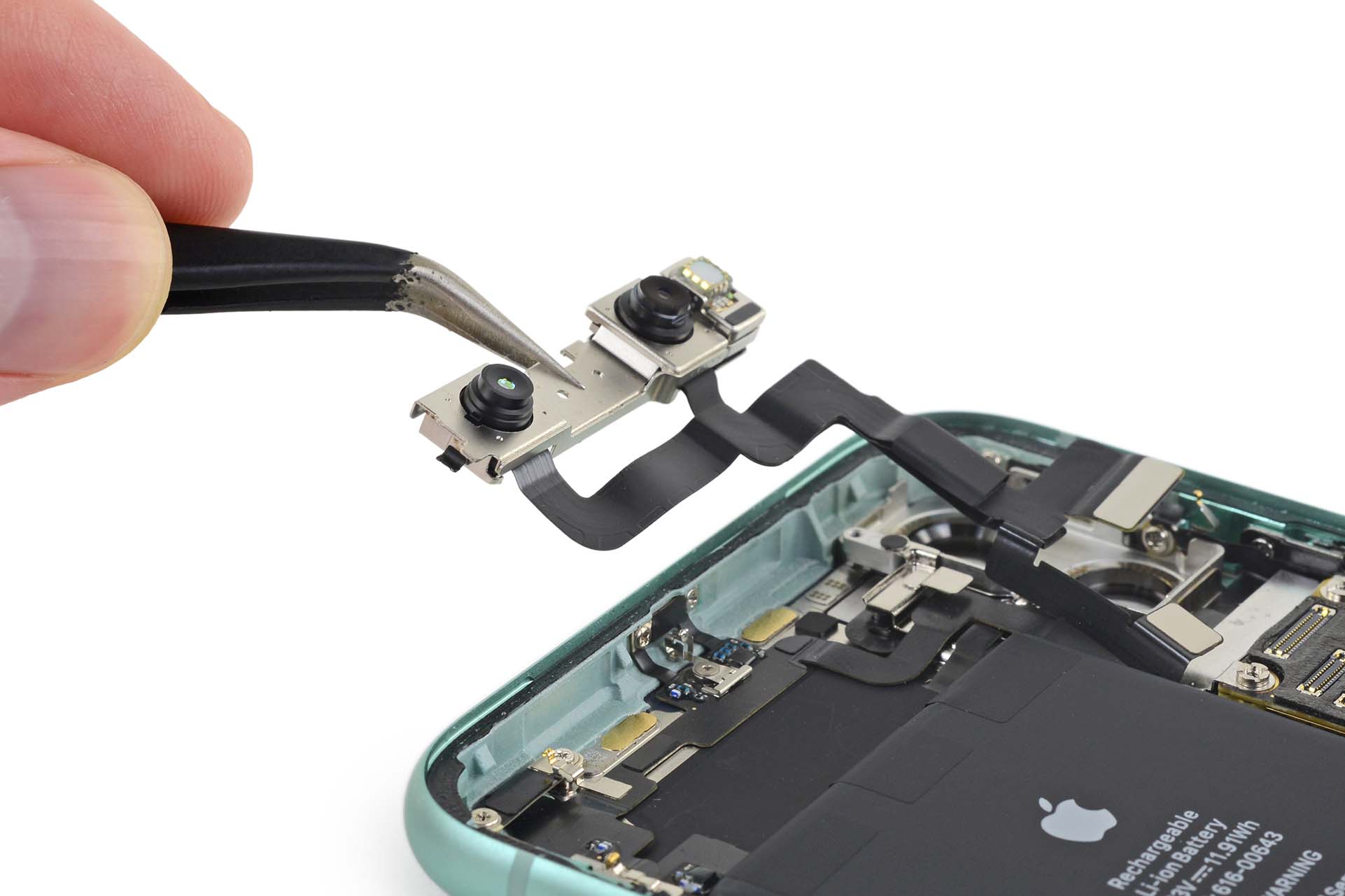
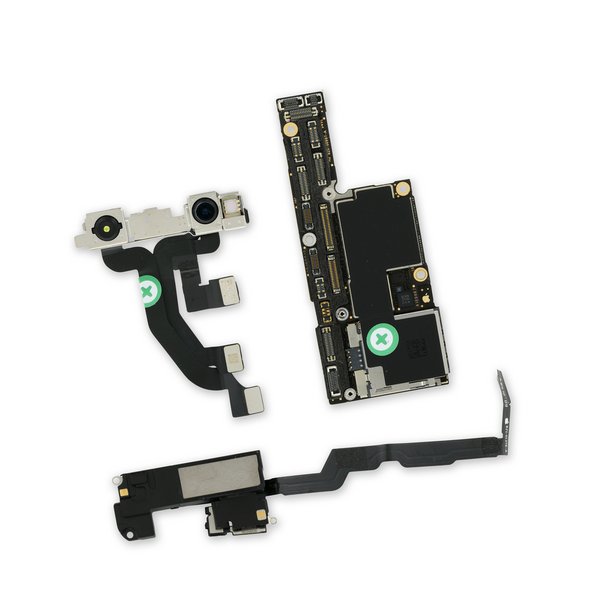
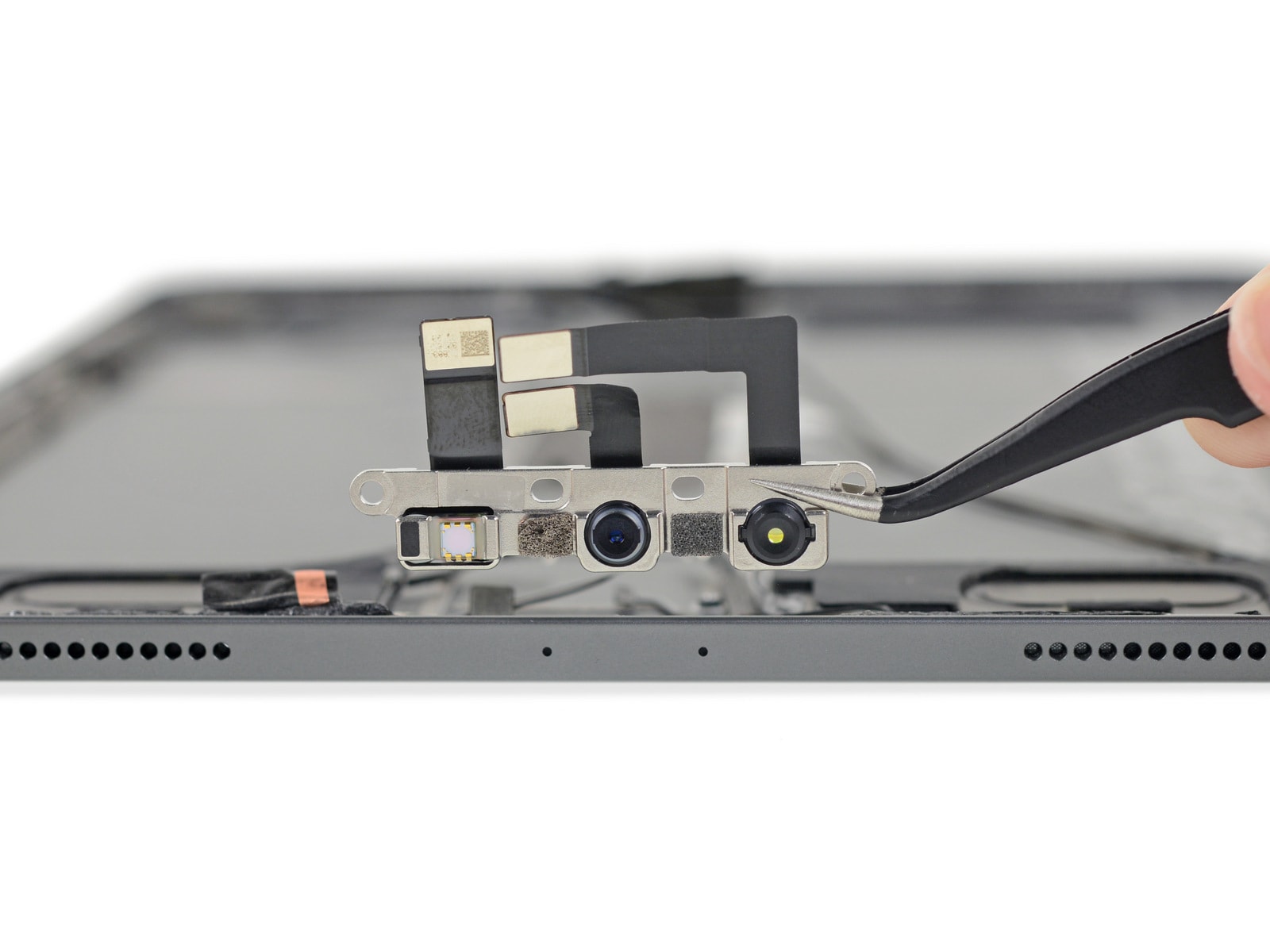
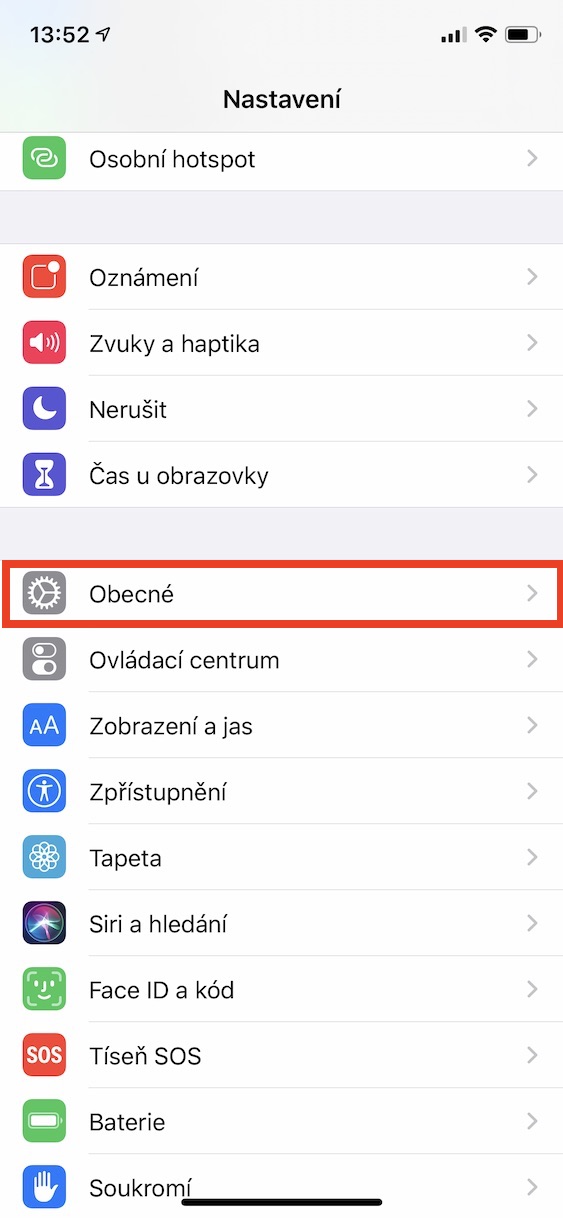


The fact that notifications are displayed that there is some non-original part is great. At least that way, when someone buys a device from the bazaar, you can find out what its condition is.
There is probably no point in commenting on the main topic of this article. Some think Apple did it on purpose, some think it was a mistake. We'll never know, so it's just speculation. I never get my phone repaired anywhere other than an authorized service center anyway, so I don't really care.